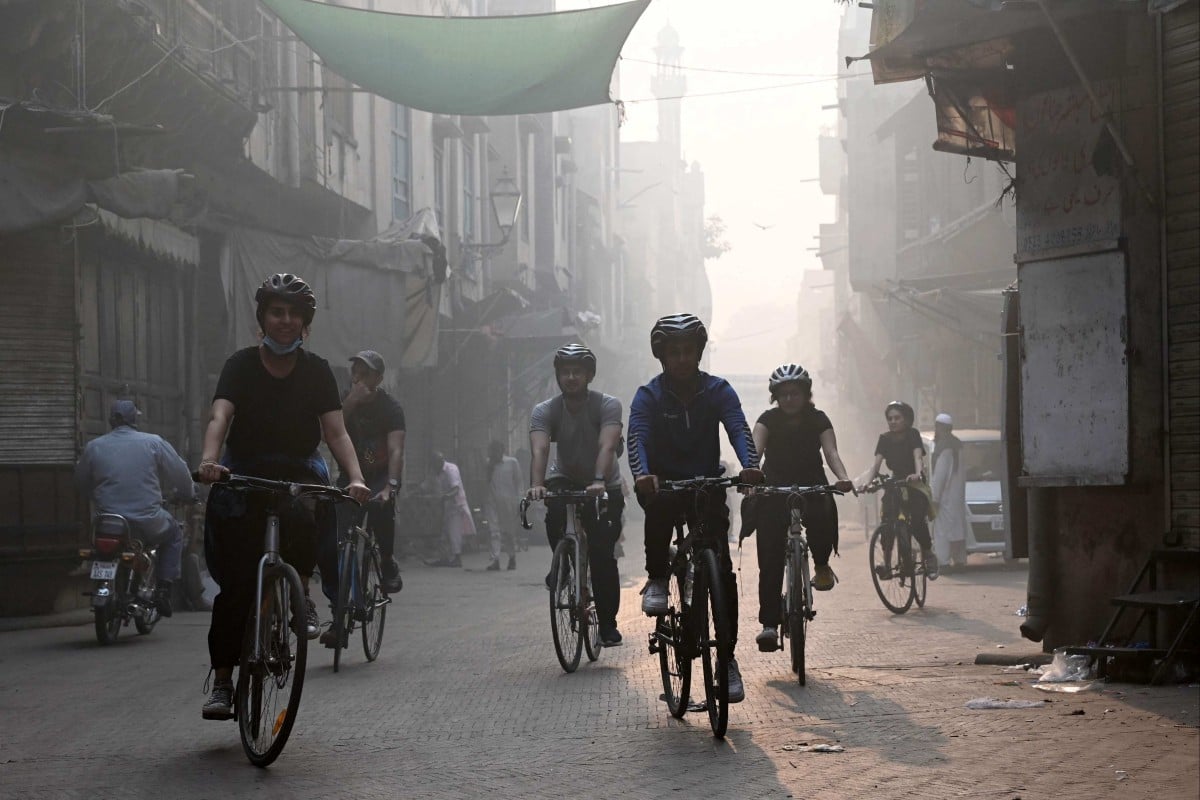The air quality index exceeded 1,000 on Saturday, above the 300 considered ‘dangerous’, according to data from IQAir.
Pakistan’s second city of Lahore will close primary schools for a week over record pollution, government authorities said on Sunday, to avoid exposing millions of children to smog several times above levels deemed dangerous.
For days, the city of 14 million people has been enveloped by smog, a mix of fog and pollutants caused by low-grade diesel fumes, smoke from seasonal agricultural burning and winter cooling.
“Weather forecast for the next six days shows that wind patterns will remain the same. Therefore we are closing all government and private primary schools in Lahore for a week,” said Jahangir Anwar, a senior environmental protection official in Lahore.
“This smog is very harmful for children. Masks should be mandatory in schools. We are keeping an eye on the health of children in senior classes,” Punjab senior minister Marriyum Aurangzeb told a news conference on Sunday.
Smog counters have been established in hospitals, she added.
Breathing the toxic air has catastrophic health consequences, with the WHO saying strokes, heart disease, lung cancer and respiratory diseases can be triggered by prolonged exposure.
On Saturday, the concentration of deadly PM2.5 pollutants – fine particulate matter in the air that causes most damage to health – was more than 40 times the level deemed acceptable by the World Health Organization. PM2.5 levels on Sunday morning exceeded that before decreasing slightly.
Last week, the provincial environmental protection agency announced new restrictions in four “hotspots” in the city.
Tuk-tuks equipped with polluting two-stroke engines are banned, as are restaurants that barbecue without filters.
Children are particularly vulnerable because they have less developed lungs and breathe more rapidly, taking in more air relative to their size than adults.
Pollution in excess of levels deemed safe by the WHO shortens the life expectancy of Lahore residents by an average of 7.5 years, according to the University of Chicago’s Energy Policy Institute.


